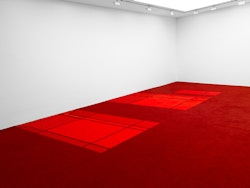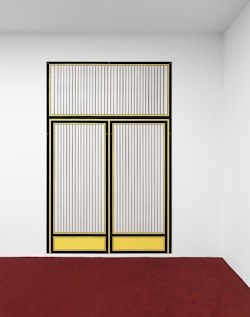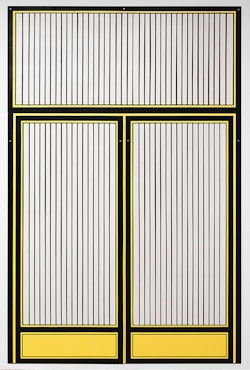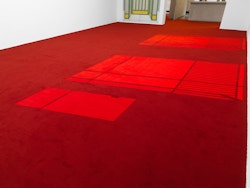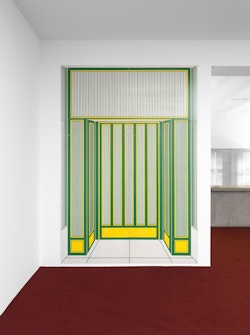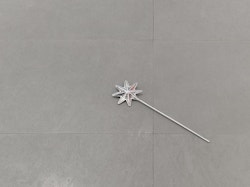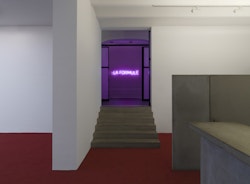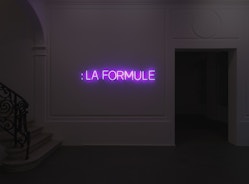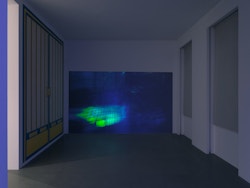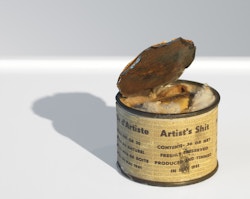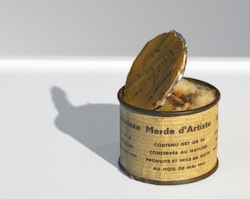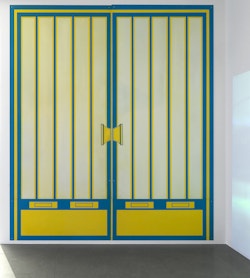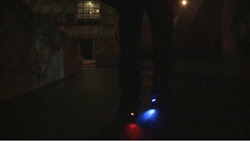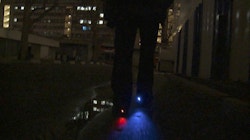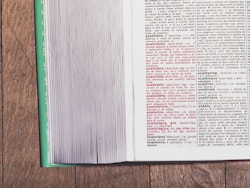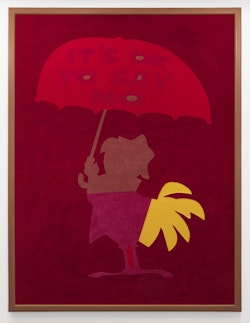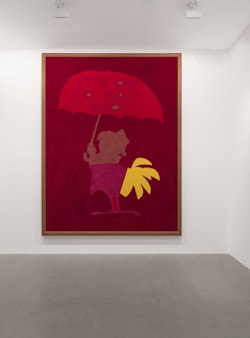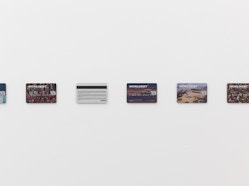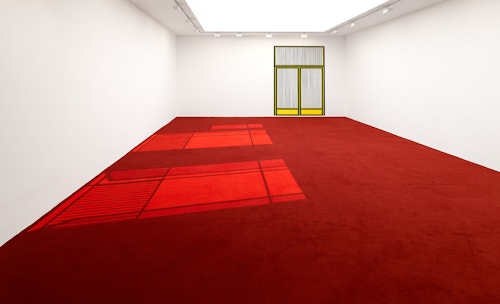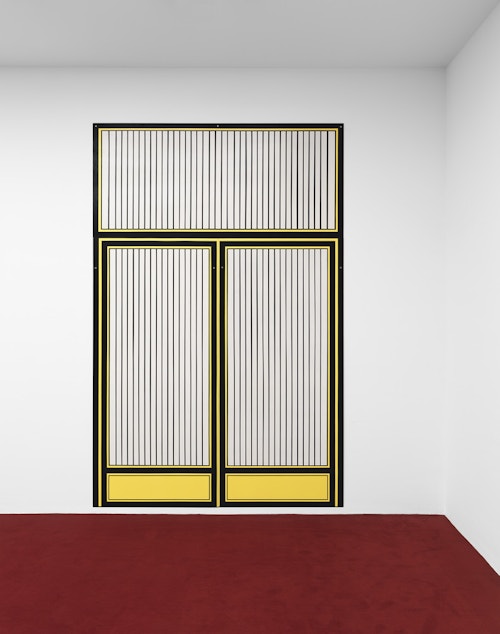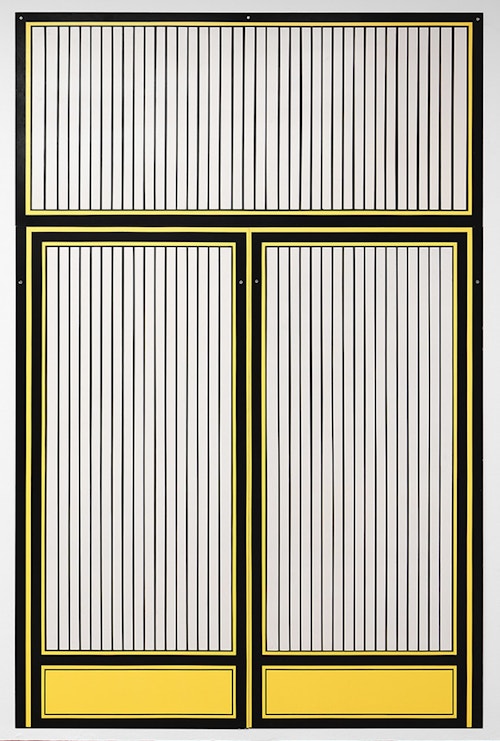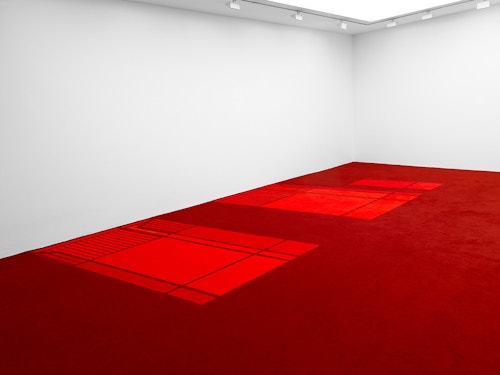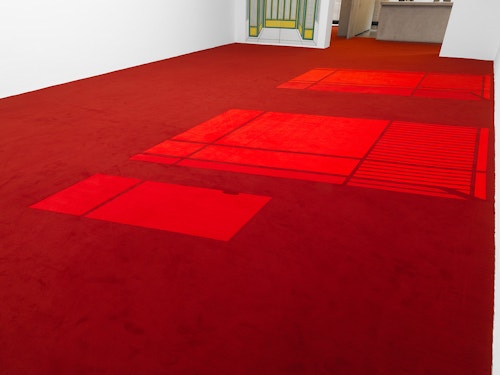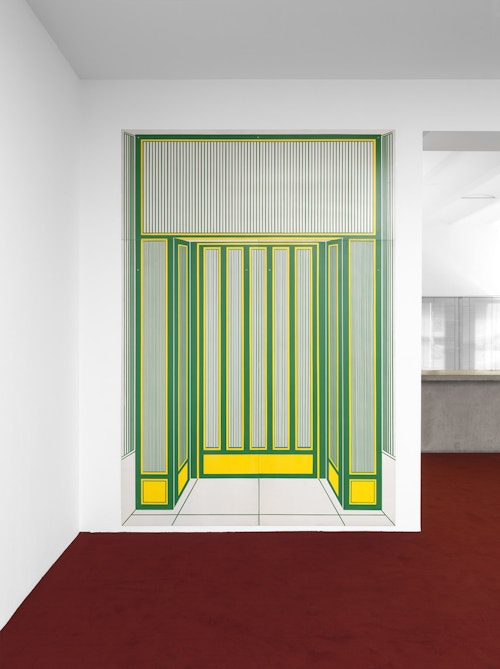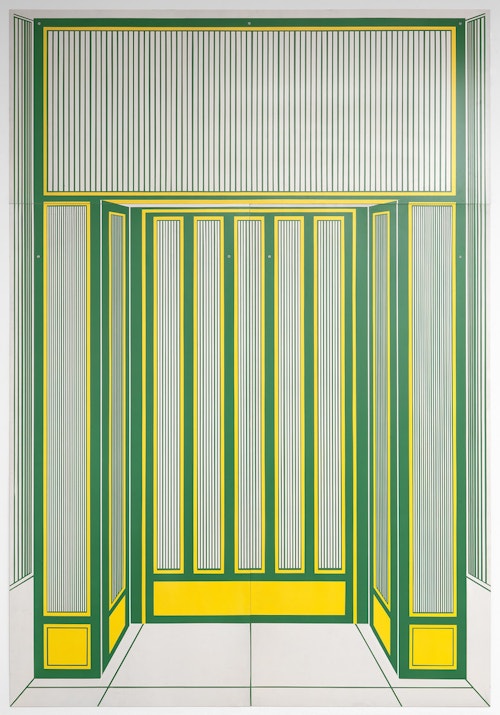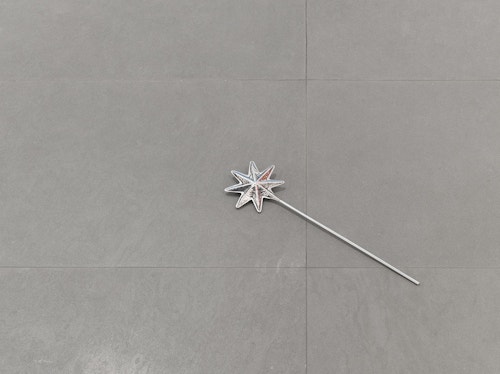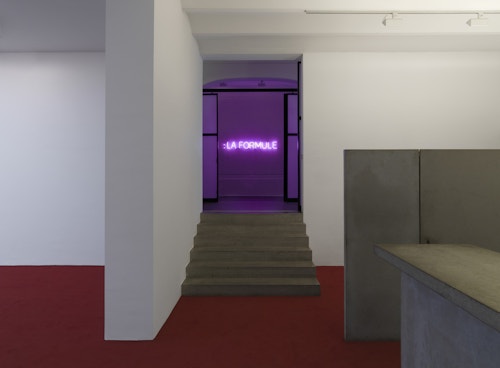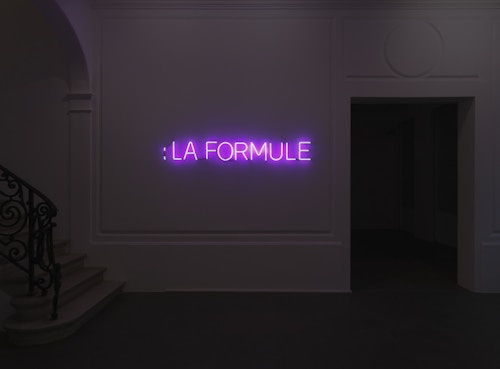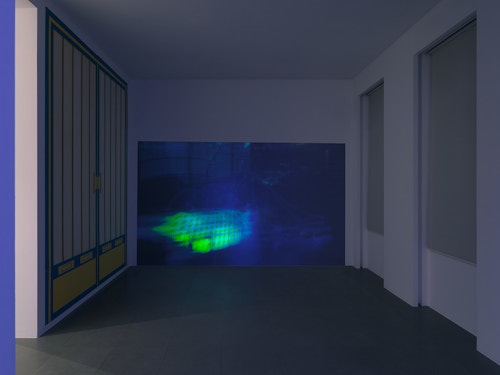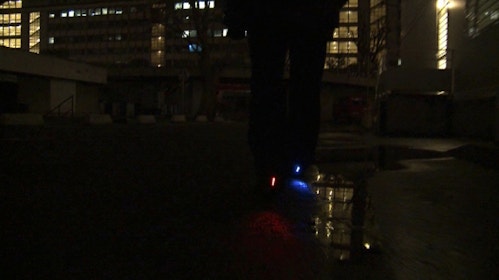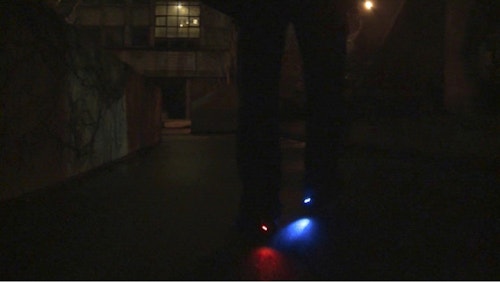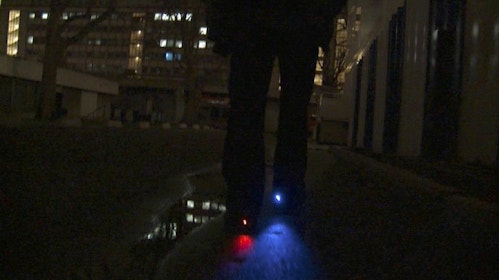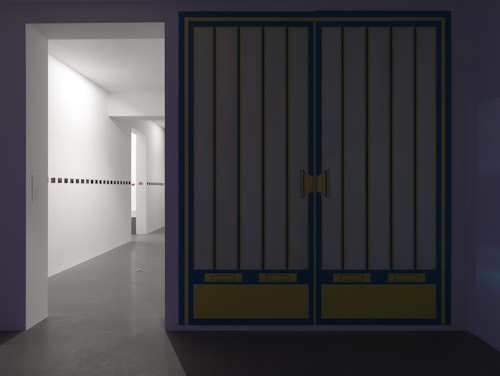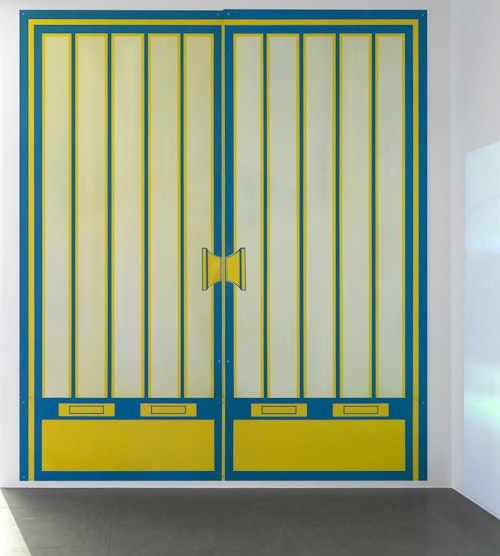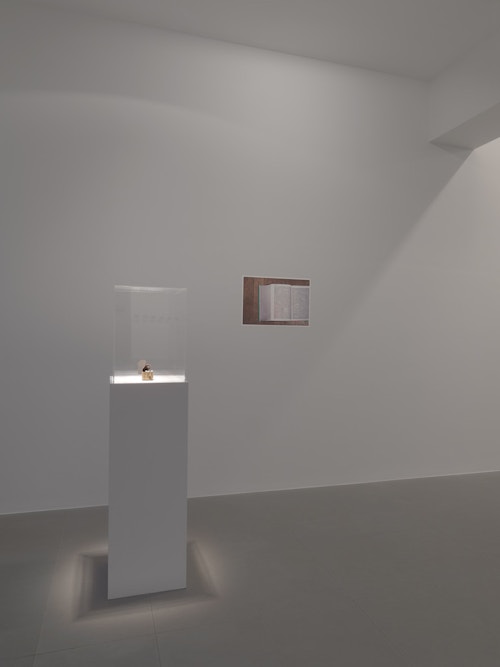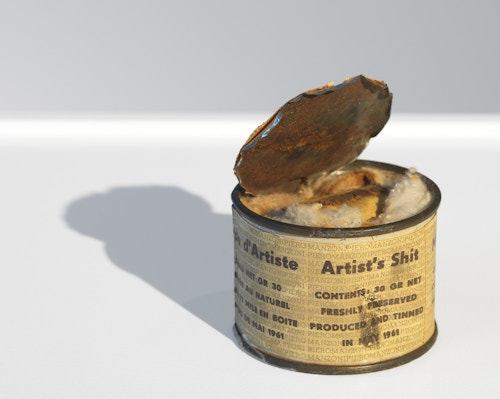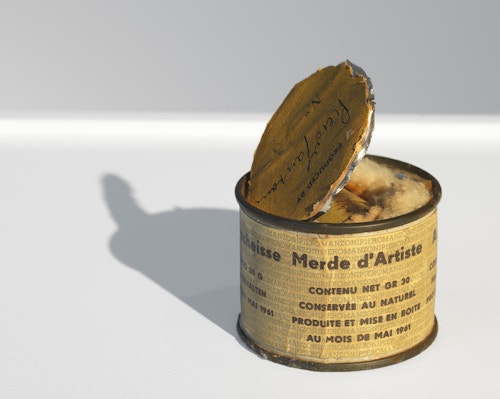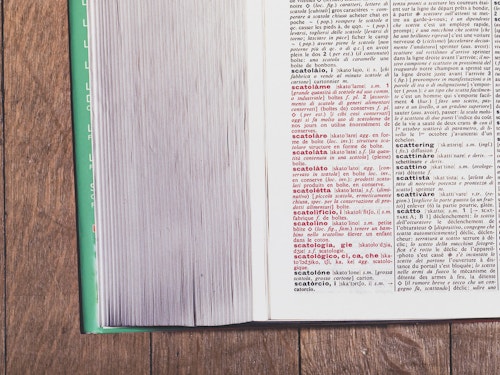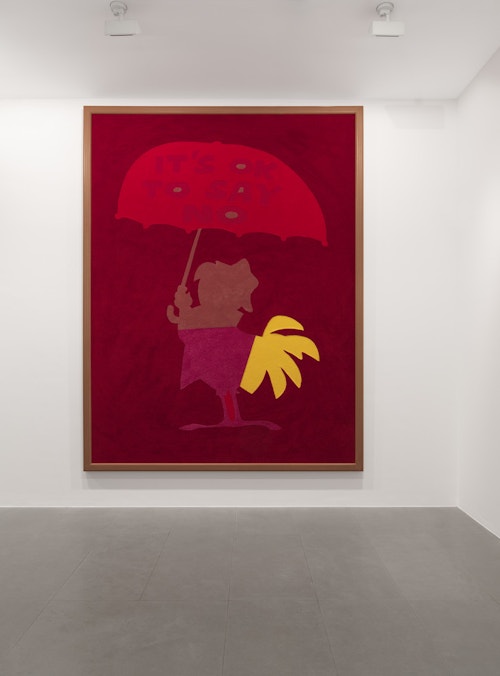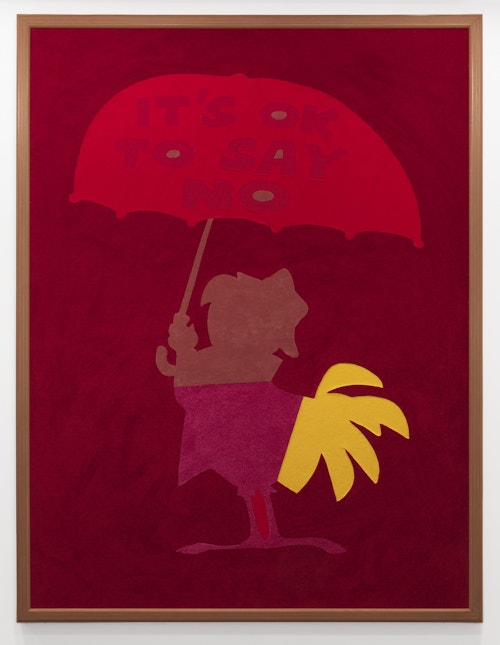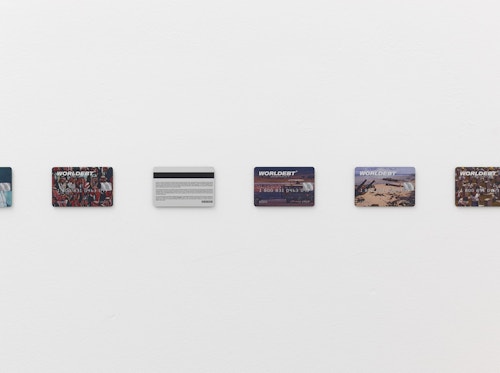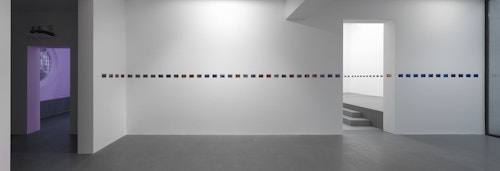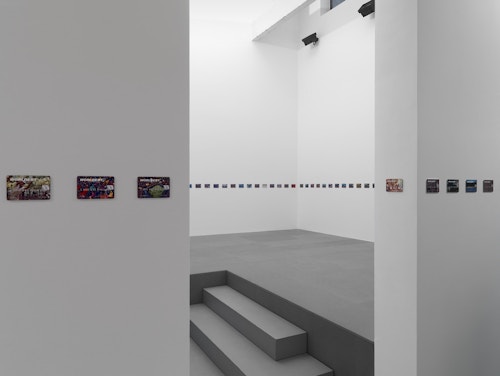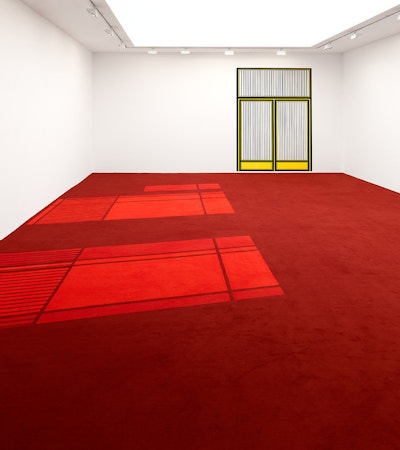
Bernard Bazile, Pierre Huyghe, John Knight Je préférerais ne pas…
“Je préférerais ne pas” is the title of an exhibition bringing together three artists: Bernard Bazile, Pierre Huyghe and John Knight. The exhibition is organised by Michèle Lachowsky and Joël Benzakin as invited curators at the Xavier Hufkens Gallery.

First and foremost, the choice of these three artists underlines a similarity in their attitude and positioning towards the demands of the contemporary art world and the place of artworks in relation to this accelerated demand. Giving themselves time to work, their choice of method and venue of presentation and a resistance to increasing commercial pressure, are common factors shared by all three.
“Je préférerais ne pas” is an affirmation of this resistance, in the manner of Bartleby by Herman Melville. It is above all the expression of an “anomaly”, a unique manner of working that expresses what the artists don’t want to do, but above all, what they do want to do.
Since the end of the 1960s, the work of John Knight has guaranteed him a unique position in what we are sometimes too quick to call the field of conceptual art. His work is usually inspired by everyday objects: the artist “re-describes” their contours, submitting them to a logic of transformation akin to architecture, furniture design, graphics or advertising, which he describes as an effect of “over design”, in order to transfer and preserve them in a more complex field of dynamic discourse.
Therefore, as vocation these “objects” introduce themselves by their refined appearance in the over-codified art domain, and there play a simultaneous role as an aesthetic answer to the desires of collectors and as semantic agitator, opening up the system to the possibility of a more complex reading from the inside.
In effect, each work by John Knight carries a critical load, feeding on situations that touch a wide variety of domains, ideological, economic, social and of course cultural but which never suppose a pre-determined setting as a condition for their inscription. It is through this “mobility”, this capacity to maintain their own turbulence, that these works assert their uniqueness, a constantly renewed resistance to established ideas of appearance and presentation of art.
For Bernard Bazile, it has always been a question of challenging the authority of form and discourse, to physically transmit to the consciousness of the spectator a tension, in order to produce an ambiguous relationship where complicity is an illusion. Contrary to a “pop” appropriation of the signs of contemporary visual culture, the artist disjoints them in a stratified assembly of contradictory codes, often using common or repressed imagery (educational, religious, advertising, pornographic…), which he combines and smoothes until he arrives at complete “anonymity”, the generic value of an object or image.
For Bazile, each artwork is above all the carrier of re-enactment and energy: that which others have made, he makes again, differently or continues.
Bazile is a rare artist because he is essentially a rebel. By naming one of his series “It’s OK To Say No”, Bazile asserts the fundamental “No” running through all his work and his method of inscribing himself in the artistic domain.
Pierre Huyghe turns the notion of an artwork and exhibition upside down. He continues the work begun by a generation of conceptual artists in the 1960s and 1970s, about the essence, limitations and fear of art, its frontiers, how it is presented and how visitors experience it. However, though sharing the same common structural base, Pierre Huyghe refuses the dematerialization of a work of art. By mixing other works with his own, he creates new extensions, new experiences of art and reconstructs the artwork and the space in which it is situated, whilst equally achieving an aesthetic experience rooted in a sensitive and visual relationship with the viewer. His work examines the conditions for representing reality and the shift of meanings provoked by these conditions. By using the widest and at times most complex variety of materials, from theatre or technology, he returns directly to the starting point of our modernity, where he organises experiences of displacement. His works are mainly passages, transitions from one reality to another, from real life to dreamlike visions, the instruments of fiction. They oscillate between representation and experience, between the possibilities they offer to produce within the facts, the psychological or spiritual state they represent, or in other words, they “practice“ what they “preach”.

